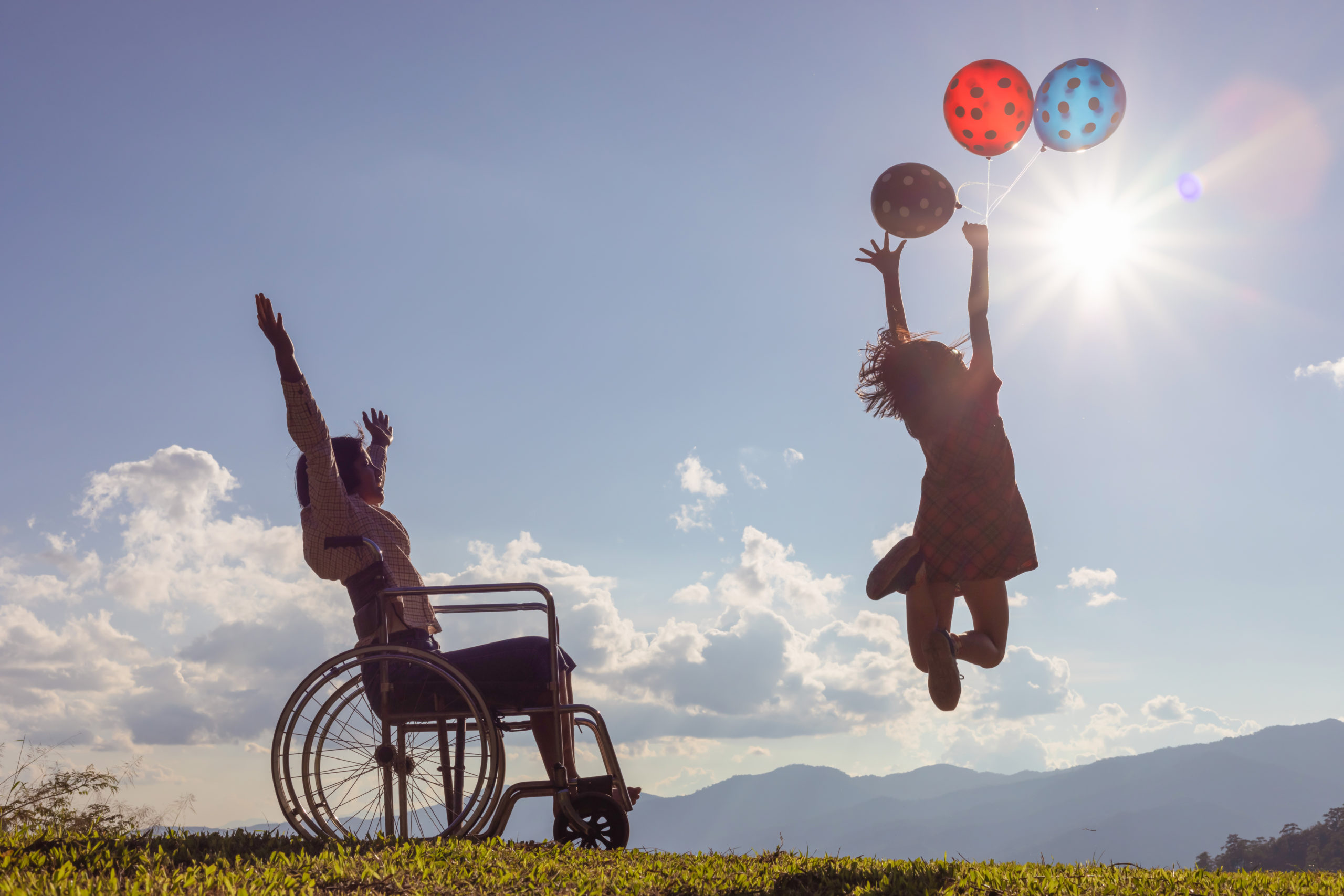UN Committees reaffirm human-rights model for children with disabilities
After two years of negotiations, UN Committees on the Rights of the Child and on the Rights of Persons with Disabilities developed a common doctrine that fully recognises children with disabilities as full rights holders.
The United Nations Committees on the Rights of the Child (CRC) and the Rights of Persons with Disabilities (CRPD) recently released a joint statement after more than 2 years of negotiation. This document aims to strengthen the protection of the rights of children with disabilities, be an advocacy tool for civil society and stakeholders and provide guidance for Member States in the adoption of laws and policies consistent with a human rights approach to disability.
As stated in the outcomes of panel discussion, it was necessary for both Committees to harmonise their recommendations and develop a common doctrine to be disseminated to all States and operators working with and for children with disabilities, in order to translate into concrete areas the human rights approach that both Conventions affirm in relation to children with disabilities.
The Convention on the Rights of the Child had achieved on a legal level a paradigm shift from the child as an object of legal protection, to the child as a subject of rights. For its part, the Convention on the Rights of Persons with Disabilities also enshrined the same paradigm shift in relation to persons with disabilities: they should cease to be considered as "something" to be protected, and be fully recognised as rights holders.
The statement highlights the areas where the rights of children must be respected, such as inclusive education and the right to family life, by providing inclusive and supportive services for children with disabilities in accordance with both Conventions. Both Committees call for targeted strategies and action plans for deinstitutionalisation to eliminate all forms of discrimination.
The Convention on the Rights of Persons with Disabilities specified the obligations of State Parties to protect children with disabilities, including in situations of armed conflict. For example, the Russian invasion of Ukraine has exposed children with disabilities to the threat of abandonment and death.
With respect to children with disabilities, the joint statement reinforces the interconnected human rights of children, and provides steps that Member States can proactively take to create a more inclusive society.





